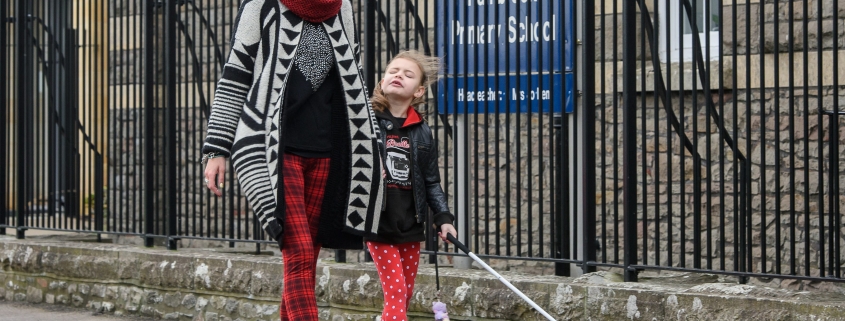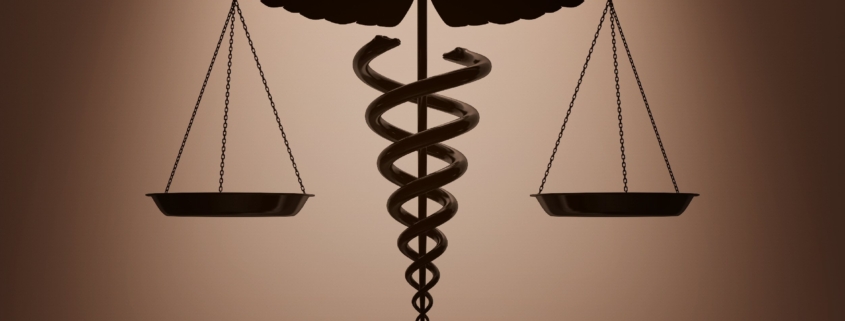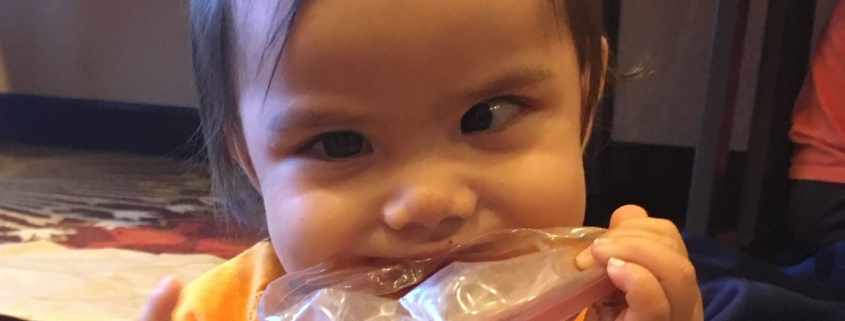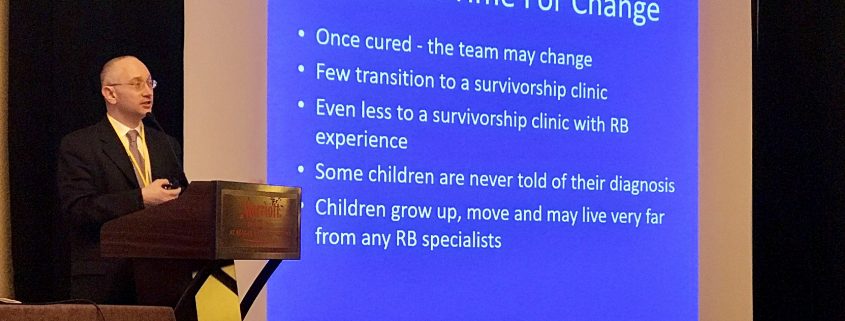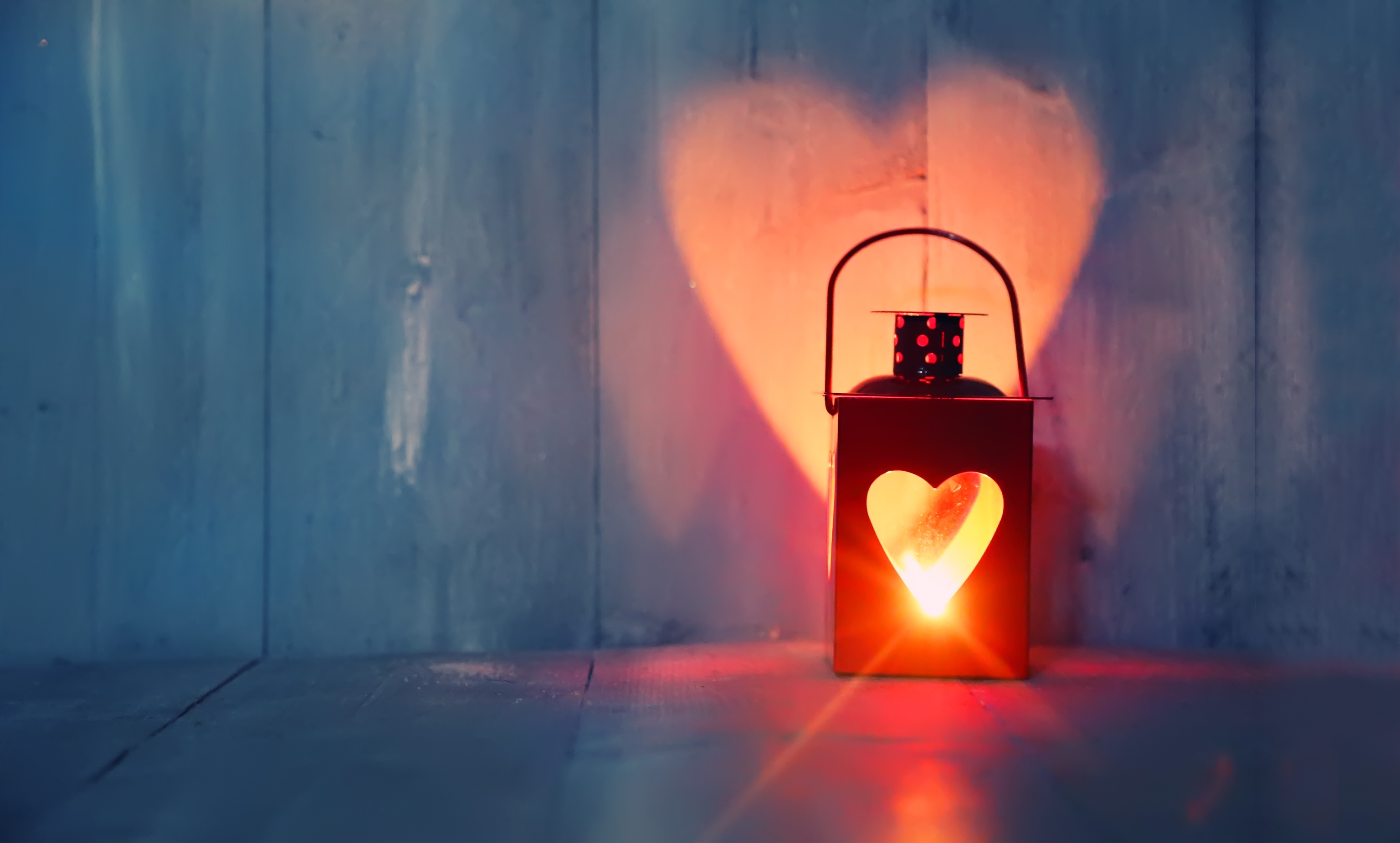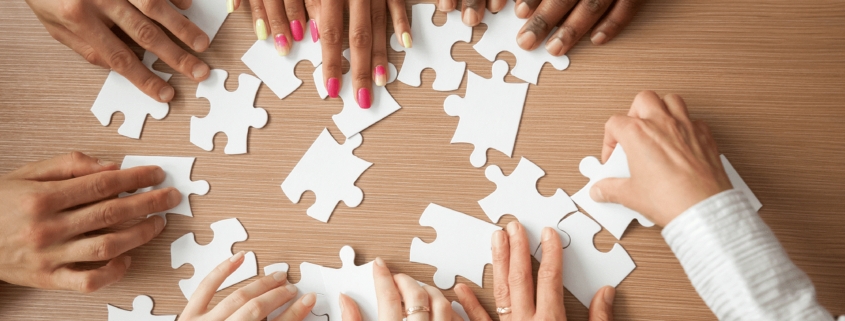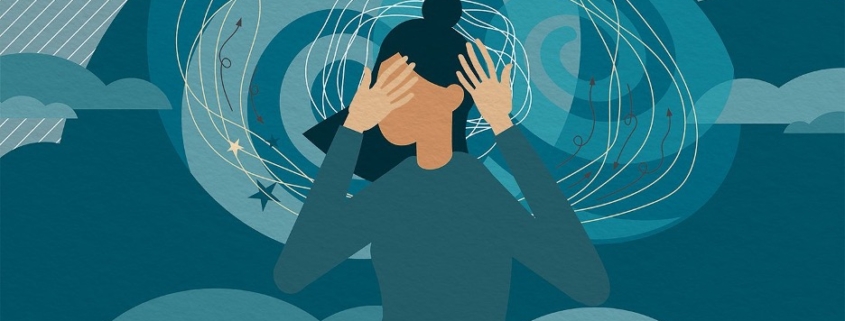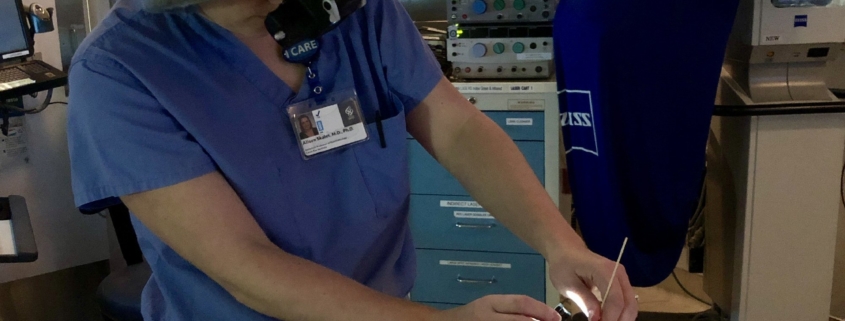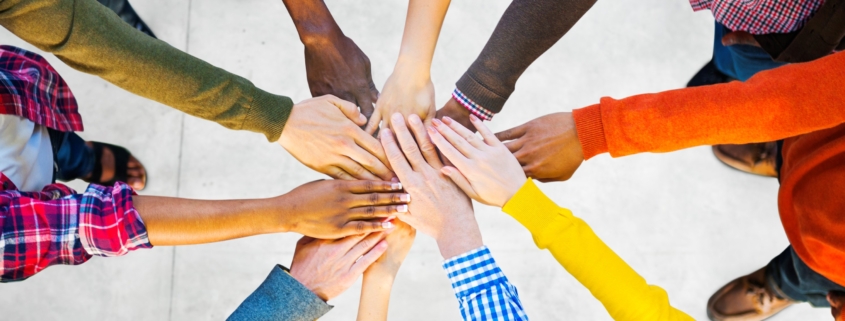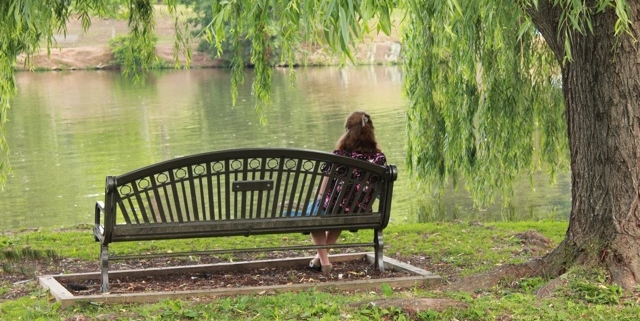Destigmatizing Vision Loss Within the Retinoblastoma Community
Vision loss is a major part of the retinoblastoma experience, but rarely discussed in depth within our community. Sassy Outwater-Wright explores the trauma of vision loss, the experience of living with reduced or no sight, and pathways to living well at every age and stage of sight-loss.

